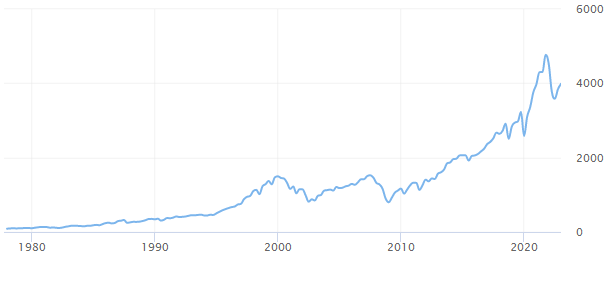Market Volatility & Uncertainty
Market volatility is an inevitable part of investing. These bouts of uncertainty can be unnerving, but they are not uncommon in long-term investing. Retirement investors should expect to experience periods of market declines throughout their investing horizon.
It is difficult to not react when the market is down, especially as the news and social media are showing negative headlines. It is vital to consider these fundamentals when it comes to retirement investing during volatility.
- Resist the urge to sell solely due to recent turbulence. Selling your investments can solidify losses. It can be challenging emotionally but staying the course may be better for your account. Consider reaching out to a CG Financial advisor for help and guidance.
- Take advantage of dollar-cost-averaging. Automatic payroll deductions into your retirement plan simplifies investing for retirement. With dollar-cost-averaging, your contributions are routinely invested. When investment prices are higher, your contribution purchases fewer shares. When prices are low, you purchase more shares, putting you in a stronger position to benefit if investment prices increase.
- Diversifying investments reduces exposure to any one type of asset. This practice can help balance the risk and reward within your account.
Market volatility is not uncommon. Further illustrating the movements of financial markets, the graph below shows the movement of the S&P 500 from December 1977 to December 2022. Even with bouts of volatility and uncertainty, zooming out to look at the greater picture of market movements can be helpful.
Contact your financial professional at info@mycgfinancial.com or (877) 807-2079 for more information on retirement investing and to better determine an appropriate course of action.
Keep in mind, dollar-cost averaging does not ensure a profit or protect against a loss in declining markets. Due to the continuous investment in securities regardless of fluctuating price levels, investors should carefully consider their financial ability to continue purchasing through periods of fluctuating price levels.



